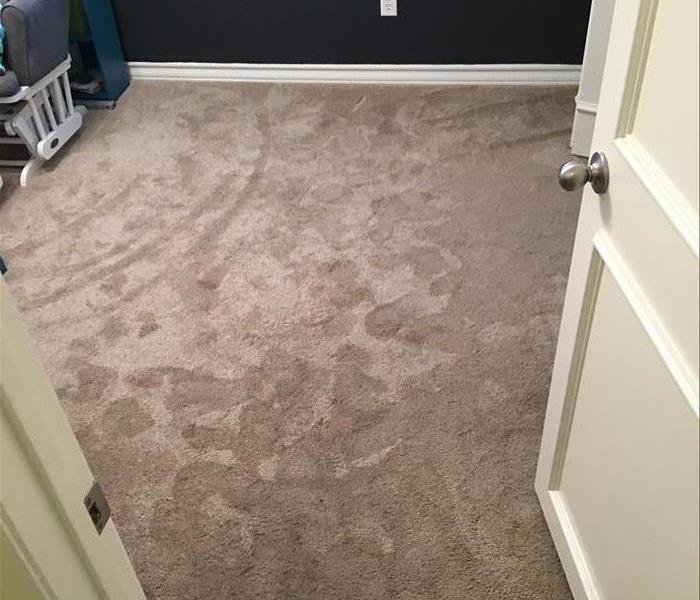Backup Sewage
3/7/2017 (Permalink)
If you experience a water loss, you may hear insurance adjusters refer to the water loss as category 1, 2, or 3. Any water loss, regardless of the category, can be damaging. Water can rot wood, rust steel, and delaminate materials.
The Environmental Protection Agency estimates that 10% of homes have leaks that waste 90 gallons or more per day.
Below, we explain the main types of water damage as defined by the Institute of Inspection Cleaning and Restoration Certification (IICRC):
Category 1: Clear water
Category 1 water refers to a source of water that does not pose a substantial threat to people who come in contact with it. An example of a category 1 water loss could be a broken water supply line or a sink that over flows. After time, category 1 water can progress into category 2 or 3 water as it mixes with soils or building materials. Time and temperature can also cause category 1 water to move to category 2 or 3.
Category 2: Grey water
Category 2 water is a source of water that contains some degree of chemical, biological or physical contaminants that could be harmful to humans if consumed. Examples of category 2 water could be an overflowing toilet or a dishwasher that malfunctions. As with category 1 water, category 2 water can deteriorate due to time and temperature.
Category 3: Black water
Category 3 water is grossly contaminated. This water could contain unsanitary agents and harmful bacteria. A common cause of category 3 loss is from sewage backup. A toilet backup that comes from beyond the toilet trap is considered black water. This category of water is dangerous to humans and should be dealt with immediately by experts.
Should you find yourself with a category 3 water loss, call SERVPRO of Northeast Fort Worth. We operate 24/7 and can get to you quickly so that you and your loved ones stay safe.
817-741-5737





 24/7 Emergency Service
24/7 Emergency Service
